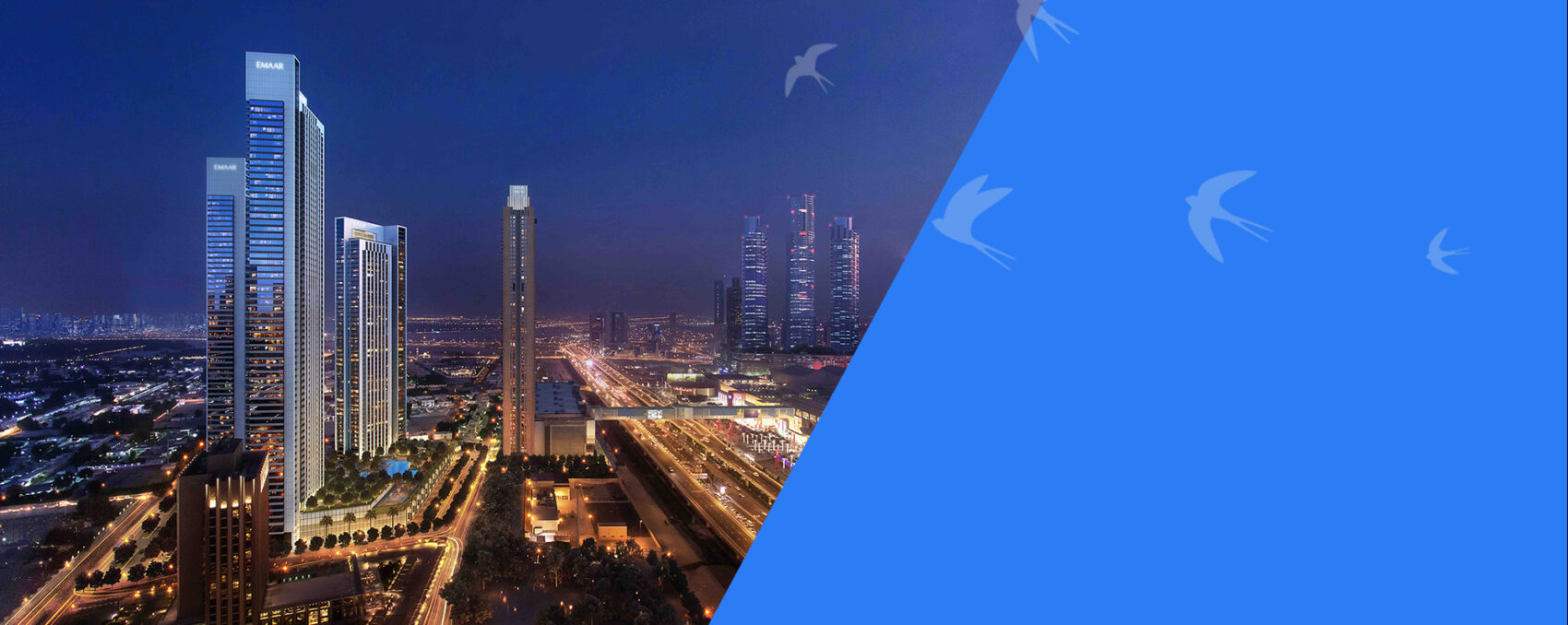Why Structural Engineering?
Beholding the newly constructed Burj Khalifa as it pierced the sky while reflecting the sunlight and shone like a diamond, as seen from the window of my classroom, was my eureka moment. I knew that I wanted to be a structural engineer and convert what seemed like dreams into reality by designing and overseeing the construction in the built environment. However, discouragement to tread on my chosen path came from unexpected quarters –suggested architecture instead of structural engineering Consequently, I envisaged breaking the glass ceiling since our gender does not define our career goals.
How would you describe your journey at WME thus far?
The transition from academics to the industry was not easy. I joined as a graduate within WME’s Structures team. I have been grateful to be a part of the Expo 2020 structural design team – never did I imagine that. I have been involved in the review of structures that were already designed. I was also given the opportunity to mentor a fresh graduate to provide her with a taste of structural engineering. It is rare to see such a young mentor, and the credit goes to my mentor for believing in me. No two days at WME have been the same. Every project is unique and requires a different approach that ensures that you are out of your comfort zone. Finally, I could not imagine doing all this from home – what started as a temporary workstation on my dining table is where I am writing this down today, a year into the pandemic.
What are the changes that you are yet to witness in Structural Engineering?
A conversation with a friend got me looking at how structural engineers are responsible for global warming. To my dismay, I found that 50% of the global carbon emissions come from buildings and other structures. Given this, we, Structural Engineers, hold the keys to curbing climate change.
This is where performance-based design comes into the picture. In this approach, the performance of the structure is decided upon at early stage, and the structure is designed to achieve that performance, nothing more, nothing less. This ensures that the structure is not over-designed and therefore has a minimum negative impact to the environment. I hope to see this approach being undertaken when designing projects with large footprint.
Also, I see us having carbon tax benefits for those designs that comply with the following initiatives:
- Energy self-sufficiency
- Urban Green Spaces – Minimum green space in proportion to the built-up area.
- Use of Recycled Material – aggregates, etc.
Conclusion
“Architect’s dream, and we, Civil Engineers, make their dreams come true,” words of a Professor, who taught me in my sophomore year, touched a chord back then, and it keeps me going until today.
Here I am, completing 2.5 years of my journey towards making the world habitable.





